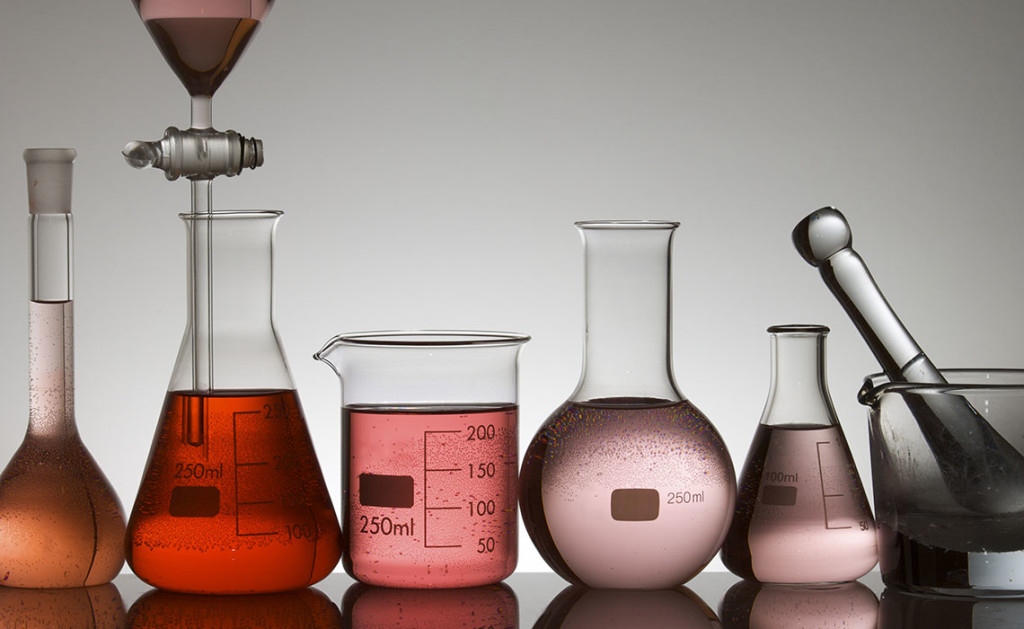This is an article about Dysport from 2009 – still interesting and relevant.
Dysport – New Treatment for Wrinkles
There is a new treatment option for forehead wrinkles and frown lines. The FDA has approved Dysport®, distributed in the United States by Medicis, as the first alternative to Botox®, which is made by Allergan. Used inpatient care in the United Kingdom since 1991, Dysport® has marketing authorizations in 76 countries for therapeutic use and in 27 countries for aesthetic use.
Dysport Sample Patient
Botox® and Dysport® are both injectable cosmetic wrinkle-smoothing agents and they both really work. Basically, they temporarily relax or paralyze the muscles that create expressions, such as frown lines between the brows that over time result in visible facial lines and deeper creases. Undesirable lines become smoothed out giving a more relaxed and youthful appearance.
While both Dysport® and Botox® are versions of botulinum toxin type A, they are not exactly the same. They do work the same way, by inhibiting the release of a chemical (acetylcholine) from nerve endings. Since the chemical is not released, the muscles remain relaxed and the result is a reduction in the appearance of wrinkles, creases, and frown lines. Both are administered by injection, using a very fine needle. There are differences. The two products have different units of measurement, so a Dysport® unit does not equal a Botox® unit, and there isn’t really a conversion factor the way there is between Dollars and Euros. Dysport®, on average, works a little faster, with most people seeing an effect within two days as opposed to 3 to 5 days and more with Botox®. Some studies suggest that Dysport® may last longer than the usual four months for Botox® but it is too soon to be sure. Perhaps the most significant difference is that Medicis has priced Dysport® lower, with the savings passed on to patients.
Both of these products are effective for the treatment of so-called “dynamic” lines and wrinkles, the ones caused by muscle action, such as frown lines, and forehead and crow’s feet wrinkles. The ones that are there all the time, such as the lines that run from the nose past the lips and deeper lines are treated with fillers that work by plumping up the area, raising the indentation to blend with the surrounding skin. The same two companies, Medicis and Allergan, make the most popular products, Restylane®, and Juvederm® respectively. They, too, are temporary, lasting 6 to 12 months depending on the person and the area being treated. Often, the combination of these products gives the best possible result.
Dysport Male Patient
According to the American Society for Aesthetic Plastic Surgery, over 10 million cosmetic procedures were performed in the U.S. in 2008, 83% of which represented nonsurgical procedures. Injections of botulinum toxin type A have been the number one nonsurgical cosmetic procedure for the past five years, with over 2.4 million total procedures in 2008 alone.
While nonsurgical procedures are popular and have the advantages of instant or near-instant results with minimal downtime, they can only go so far. When the cumulative effects of time, gravity, heredity, and lifestyle have advanced the signs of facial aging to the point of sagging skin, drooping eyelids and brows, under-eye circles, loss of jawline definition and double chins only surgery the can really be effective.
The good news is that today’s cosmetic surgery is less invasive, more effective and produces more durable and natural results than ever. The most significant innovation in facial rejuvenation in the past several years has been the adaptation of endoscopic techniques. An endoscope is a surgical tool that incorporates a miniature video camera. It provides plastic surgeons access to deeper layers with visualization of essential anatomy through minimal incisions. Other procedures can be performed with limited incisions, resulting in well-hidden inconspicuous scars and with no change in hair pattern or limitation of hairstyle. Because the procedures are less invasive, all procedures can be performed on an outpatient basis and recovery is quicker than with older methods.
Worldwide interest in cosmetic enhancements has stimulated research and innovation in countries in North and South America, Europe, the Middle East, and Asia. New products and devices are introduced every several months. Because of the vigorous testing requirements of the Federal Drug Administration (FDA), they often become available in the United States last. While on the one hand that can be disappointing, many of these innovations turn out to be ineffective and often with unacceptable side effects. The FDA approves a new product, such as Dysport®, only when it has been judged safe and effective.
Battenkill Business Journal, December 2009

